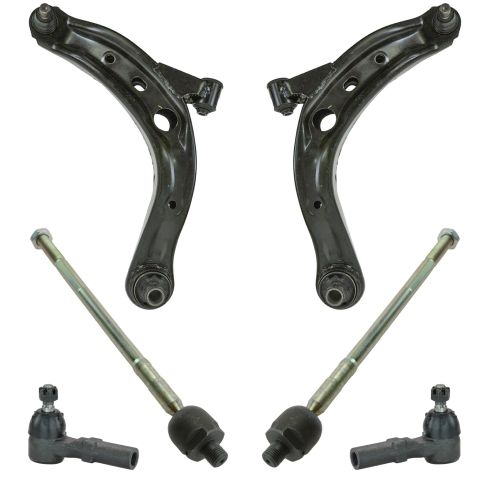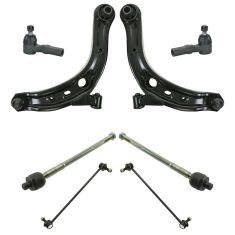1ASFK05472-2000-06 Mazda MPV Front 6 Piece Steering & Suspension Kit TRQ PSA85932

Replaces
2005 Mazda MPV Front 6 Piece Steering & Suspension Kit TRQ PSA85932

Product Reviews
Loading reviews
4.00/ 5.0
1
1review
September 28, 2021
quick fix.
Customer Q&A
No questions have been asked about this item.
Mazda is a registered trademark of Mazda Motor Corporation. 1A Auto is not affiliated with or sponsored by Mazda or Mazda Motor Corporation.
See all trademarks.














